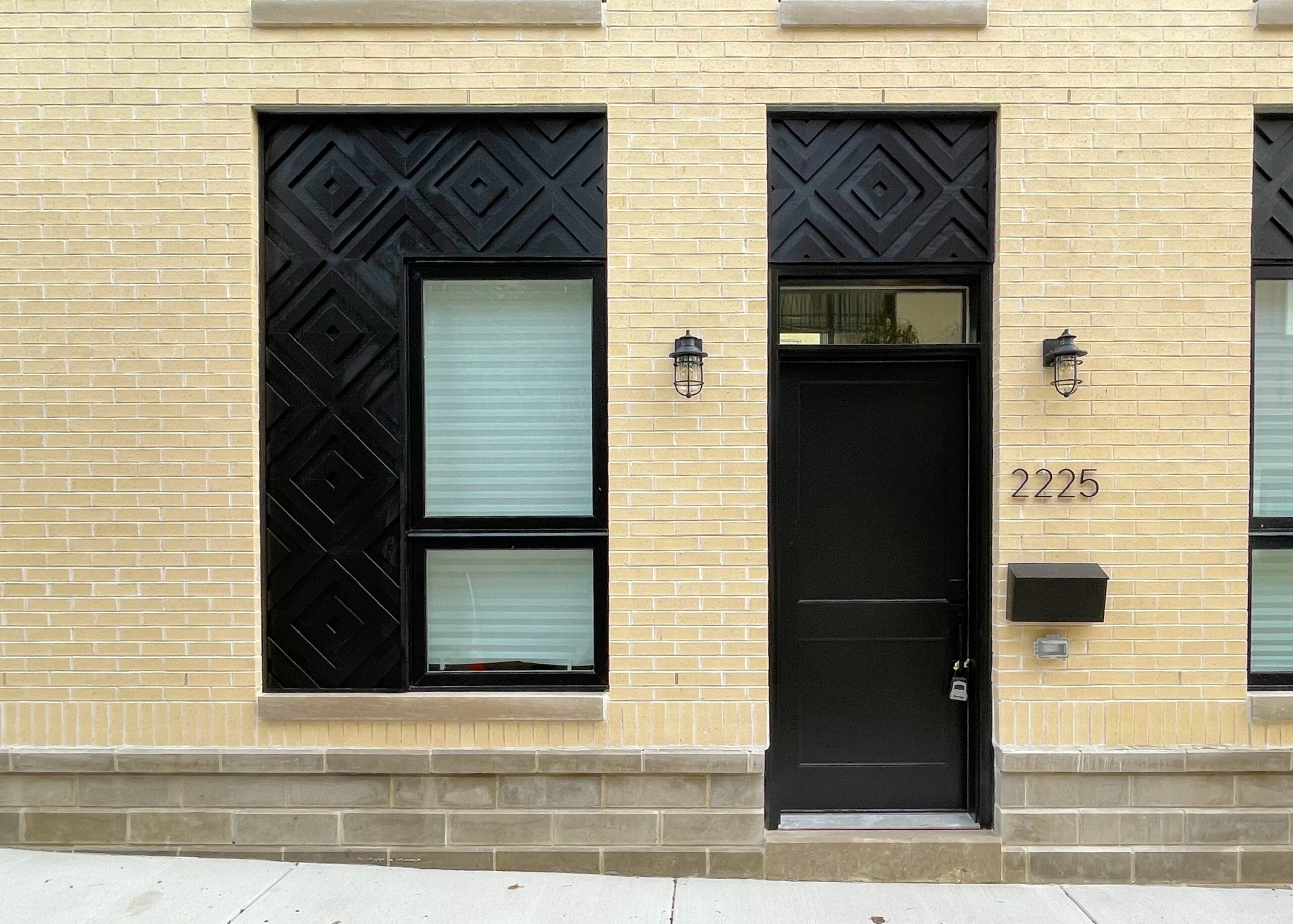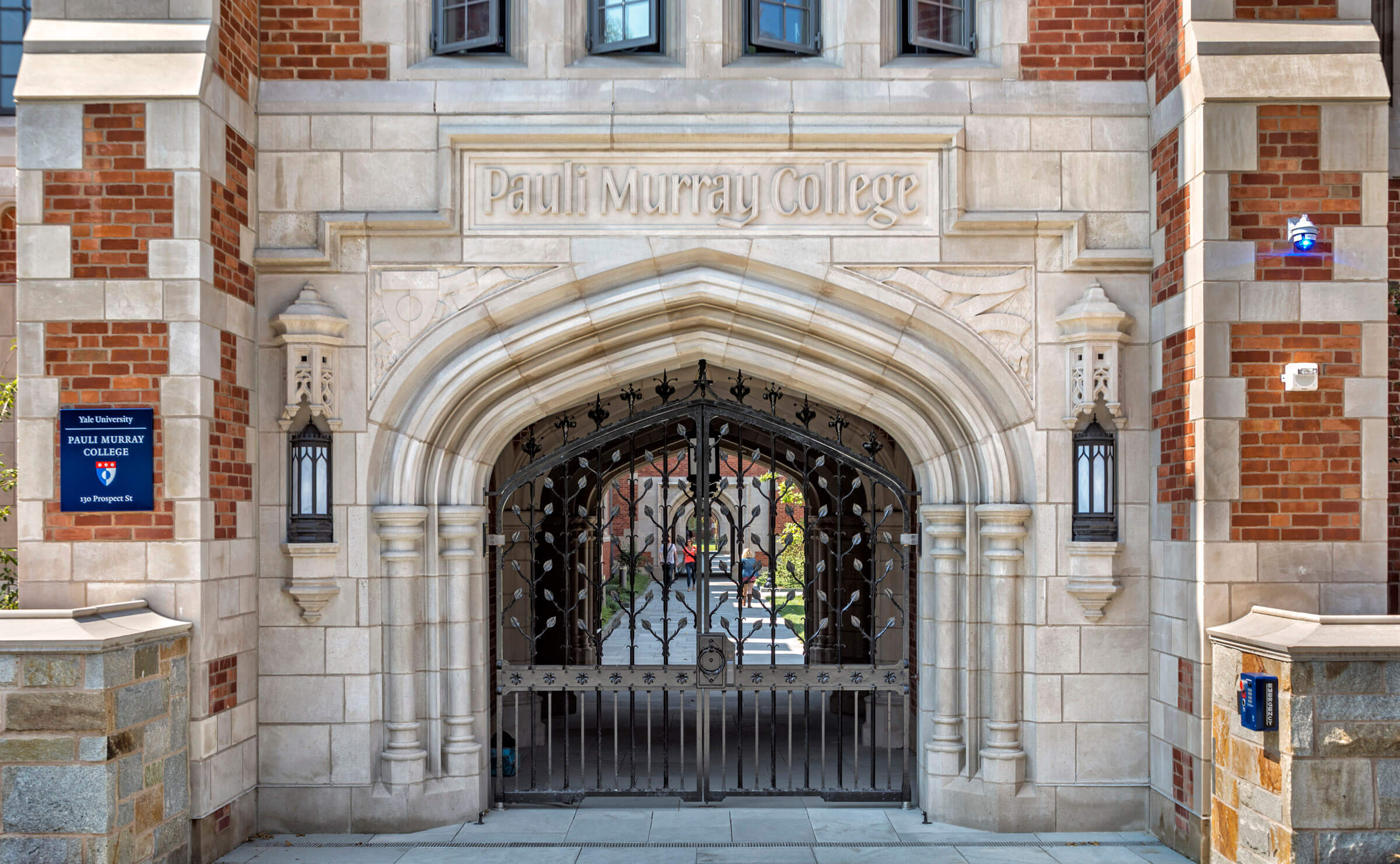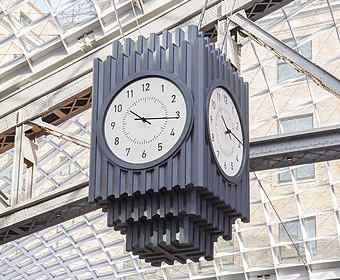Revivalism in architecture refers to a style that consciously echoes or evokes the style of a previous era. This blurs an important distinction. The Italian Renaissance and the British Gothic Revival were echoing the styles of earlier eras, earlier local eras. The Greek Revival, on the other hand, whether it occurred in Berlin, Edinburgh, or Philadelphia, was a foreign style from far away; it was a transplant. That did not mean that it was less authentic, but it did give it a different meaning. When Robert A. M. Stern built Franklin and Murray colleges at Yale in 2017, he was reviving James Gamble Rogers’s Collegiate Gothic of the previous century. But Rogers had not revived a local tradition; his inspiration was a collection of postcards and photographs of Oxbridge colleges (that he had not visited). He was transplanting.
THIS IS THE PLACE
Architects and town planners often refer to a “sense of place” as a mark of authenticity. For example, Central Park has a sense of place, but a Walmart parking lot doesn’t. Nothing is as bad as placelessness—the term “placeless sprawl” appears in the first sentence of the Charter of the New Urbanism. It sounds like a logical extension to go from valuing a “sense of place” to “place-making.” But I’m not so sure. When Brigham Young arrived at Salt Lake Valley he is said to have exclaimed, “This is the place!” Young had the benefit of a previous celestial vision.








